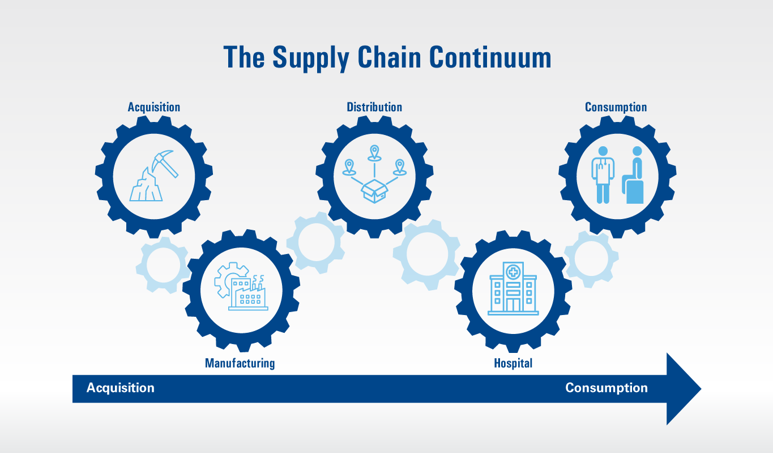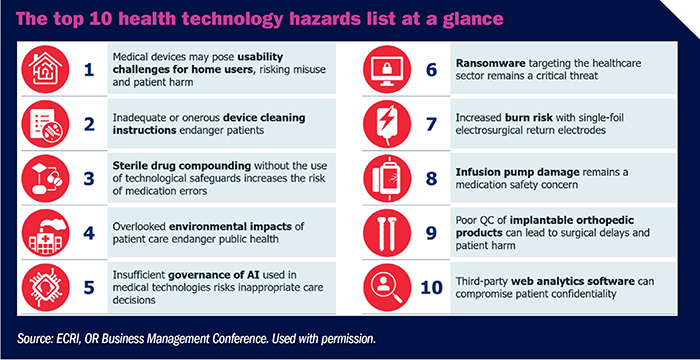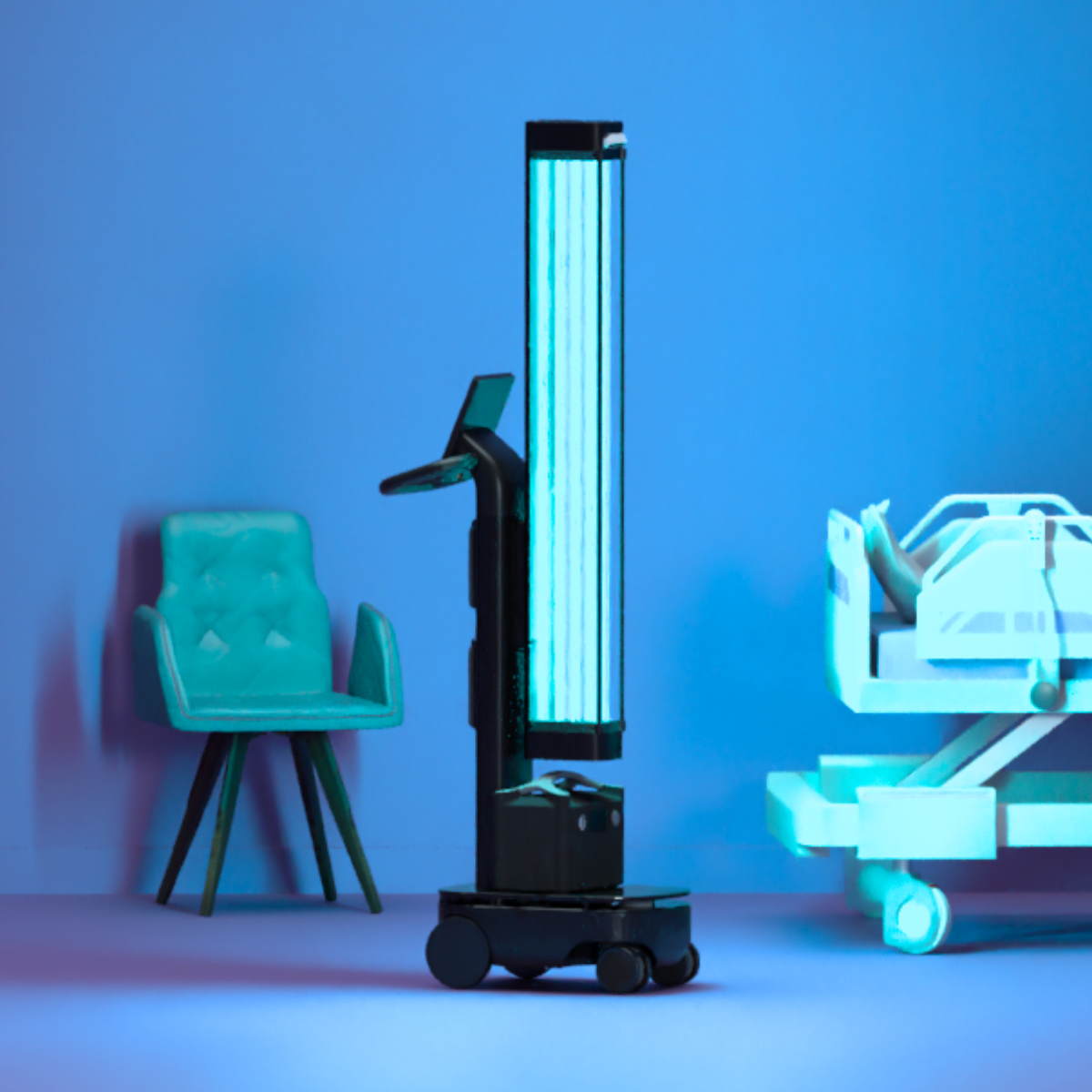Supply chain stress fractures demand rock-solid continuity planning

More than 4 years after personal protective equipment production and inventories crashed amid the global COVID-19 pandemic, the “new normal” in healthcare supply chains seems to be “uncertainty.” Although hospital margins are improving and patient volumes are trending upward, “stress fractures continue to remain in place,” says Michael Schiller, CMRP,…
Carbon-conscious health systems phase out desflurane anesthesia gas to reduce emissions

Editor's Note Citing environmental concerns, multiple health systems have stopped using desflurane anesthesia gas, Becker’s Hospital Review reported on May 7. Citing the Philadelphia Inquirer, the outlet notes that Children's Hospital of Philadelphia and Marlton, N.J.-based Virtua Health are among those that have eliminated the gas so far, with the…
Penn Medicine anesthesia, waste initiatives boost OR sustainability

Editor's Note Penn Medicine has made significant strides in reducing the environmental footprint of the OR through department- and team-level initiatives, according to a March 29 report in Penn Medicine news. Driven by CIRCE: Medicine, a faculty group consisting of providers from Penn Medicine and Children’s Hospital of Philadelphia, examples…
EPA rule to limit dangerous emissions from medical sterilization plants

Editor's Note The Environmental Protection Agency (EPA) has finalized a rule to reduce chloroprene and ethylene oxide emissions that will impact over 200 chemical plants across the nation, including medical sterilization plants, according to an April 10 report from USA Today. Under the new rule, the EPA will cut more…
New EPA standards to reduce ethylene oxide emissions

Editor's Note New standards from The Environmental Protection Agency promise to cut nationwide emissions of ethylene oxide—employed to sterilize more than half of US medical devices—by more than 90 percent. According to a March 15 MedPage Today report, the aim is to reduce cancer risk among the 13 to 14…
Unveiling ECRI’s 2024 top 10 health technology hazards list

What is the purpose of the top 10 health technology hazards list, released every year by ECRI? “Our number one goal at ECRI is to reduce preventable harm,” stresses Jason Launders, MSC, former director of operations, device evaluation, at ECRI. “We know that every healthcare provider has a lot they…
Breaking down the surgical gown: Disposable versus reusable, latest innovations

There is movement happening in the world of surgical gowns. It is driven in part by the COVID-19 pandemic, which brought new focus to the need for adequate stockpiles of personal protective equipment (PPE)—and for PPE that works as intended. Staff need to know their gowns incorporate the latest technology…
Improving anesthesia emissions at Seattle Children’s, nationwide
Editor's Note The sustainability team at Seattle Children's Hospital has reduced anesthesia-related emissions by 87%, a Becker's Hospital Review October 26 webinar reported. According to the webinar presenters, the team at Seattle Children's first gathered electronic medical record (EHR) data from their anesthesia gas machines, then implemented steps to limit…
Postpandemic applicability, usage of UV disinfection technology

The COVID-19 pandemic highlighted the importance of proper disinfection to manage and contain the spread of the disease. During the pandemic, ultraviolet (UV) disinfection technology played an important role in safeguarding public health and combatting COVID-19. Various uses of UV technology have become available on the market and can be…
Study: Transitioning back to reusable surgical gowns
Editor's Note In this study, researchers from the University of California, San Francisco, examine the feasibility of transitioning back to reusable surgical gowns and the corresponding cost savings and reductions in solid waste. Disposable surgical gowns were replaced with polyester reusable surgical gowns with AAMI level III barrier protection that…

 Free Daily News
Free Daily News